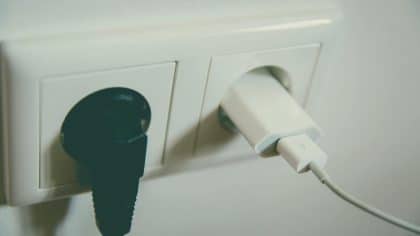All information in the datasheets is also available in ESDL (Energy System Description Language). You can find them in the Energy Data Repository (EDR).
Sodium-sulfur (NaS) battery for large-scale temporal electricity storage
NaS batteries store electricity through a reversible chemical reaction. The basic components are a container, electrodes, and an electrolyte. By loading the battery, the electricity is transformed into chemical energy, while during discharge, electrochemical reactions occur at the two electrodes generating a flow of electrons through an external circuit (DNV KEMA 2013).
Large scale NaS batteries are usually used for energy intensive storage applications (e.g. shifting power supply of variable renewables in time, making these more dispachtable), but can also be used for power intensive storage (e.g. frequency control). The factsheet focuses on NaS batteries for temporal storage (with >1h discharge time) for large scale solutions (utility scale or for large distributed systems).
Downloads
Download hier de datasheet (PDF)Gerelateerde publicaties

De rol van energiebesparing in het energiesysteem
Kwantificering van de multiple benefits van energiebesparing.

E-trucks: groei en mogelijkheden in de transitie naar elektrisch vervoer
Technische, sociale en organisatorische innovatie nodig voor E-truck-transitie

Toename aandeel hernieuwbare warmte
Haalbaarheid van de RED III-doelstellingen met het huidige beleid